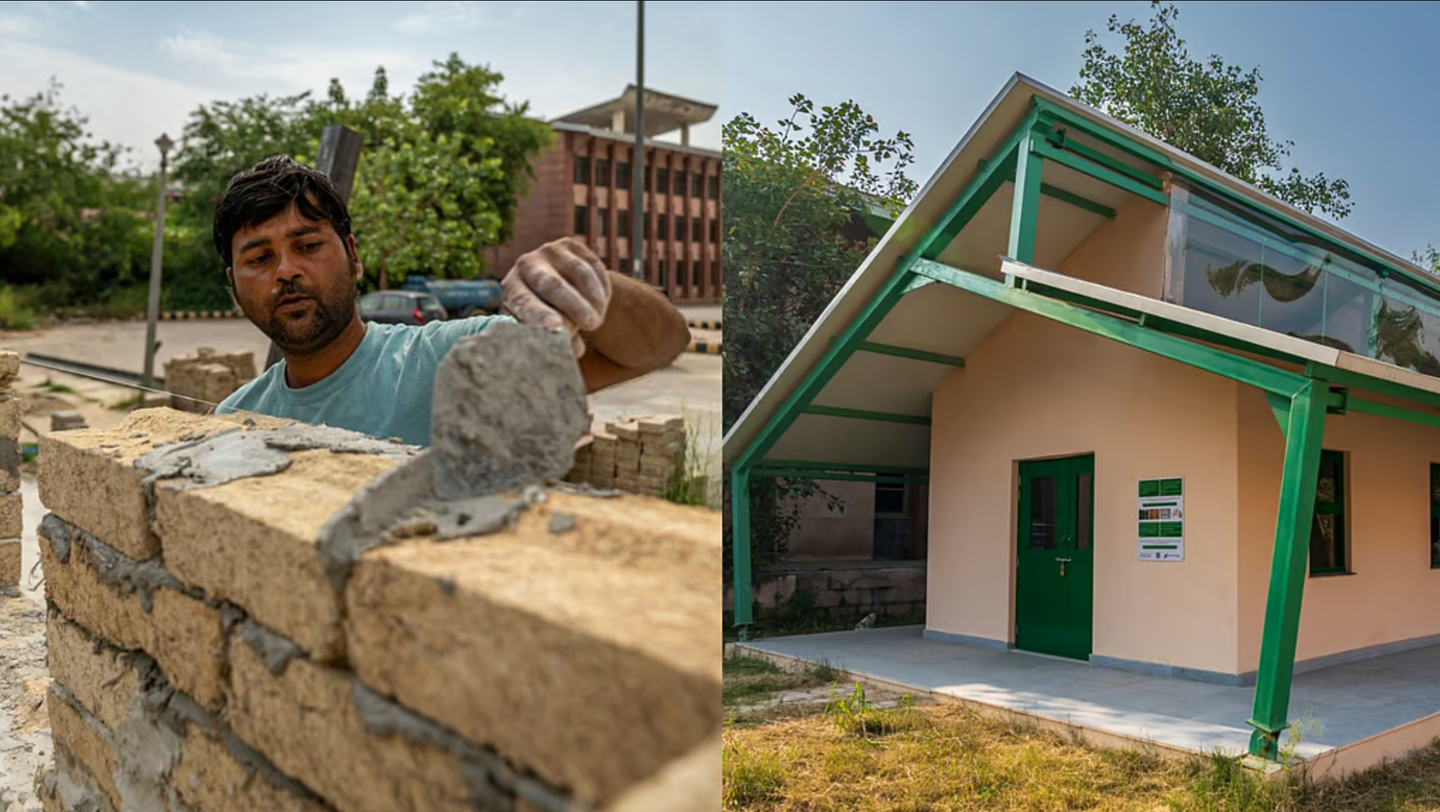Remarkable findings regarding how body fat in the human body responds to insulin
Researchers show that the overall capacity of fat tissue to respond to insulin is determined by the function of a specific fat cell type

[August 10, 2021: Karolinska Institutet]
“These findings increase our knowledge about the function of fat tissue,” says co-corresponding author Niklas Mejhert, researcher at the Department of Medicine, Huddinge, at Karolinska Institutet. “They show that the overall capacity of fat tissue to respond to insulin is determined by the proportion and function of a specific fat cell subtype. This could have implications for diseases such as obesity, insulin resistance and Type 2 diabetes.”
In the study, which is published in the journal Cell Metabolism, the researchers identified 18 cell classes that forms clusters in white adipose tissue in humans. Of these, three constituted mature fat cells with distinct phenotypes.
To test if the fat cell subtypes were linked to any specific function, the researchers examined in part how these subtypes in four people reacted to short-term increases in insulin levels. The result showed that insulin activated the gene expression in the subtype AdipoPLIN but did not materially affect the other two subtypes. Additionally, the response to insulin stimulation was proportional to the individual’s whole-body insulin sensitivity.
“Our findings challenge the current view of insulin resistance as a generally reduced response to insulin in the fat cells,” says Mikael Rydén, professor in the same department and another of the study’s co-corresponding authors. “Instead, our study suggests that insulin resistance, and possibly type 2 diabetes, could be due to changes in a specific subtype of fat cells. This shows that fat tissue is a much more complex tissue than previously thought. Like muscle tissue, people have several types of fat cells with different functions, which opens up for future interventions targeted at different fat cell types.”
In the study, the Rydén and Mejhert group used a special technique called spatial transcriptomics, which was developed by among others collaboration partner Patrik Ståhl, associate professor at KTH Royal Institute of Technology and SciLifeLab. Spatial transcriptomics generates information about tissue organization via microscopy and gene expression via RNA sequencing.
”This study is unique in that it is the first time we’ve applied spatial transcriptomics to fat tissue, which has a special set of characteristics and composition,” says Patrik Ståhl, the study’s third corresponding author. “We are very happy that the technology continues to contribute to solving biologically complex questions in an increasing number of research areas.”
The research has been financed by donations from the Margareta af Uggla’s foundation, Knut & Alice Wallenberg’s foundation, the Swedish Research Council, ERC-SyG SPHERES, the NovoNordisk Foundation, the MSAM consortium, the MeRIAD consortium, CIMED, the Swedish Diabetes Foundation, Region Stockholm, the Erling-Persson Family Foundation and the Strategic Research Program in Diabetes at Karolinska Institutet.
Patrik Ståhl, Nayanika Bhalla and Alma Andersson are scientific consultants to 10x Genomics which holds the IP rights to the spatial transcriptomics technology. Lovisa Franzén is employed by Astra Zeneca. No other declarations of interests have been reported.
Like these kind of feel good stories? Get the Brighter Side of News' newsletter.
Tags: #New_Discoveries, #Body_Fat, #Diabetes, #Insulin, #Medical_News, #The_Brighter_Side_of_News
Joshua Shavit
Science & Technology Writer | AI and Robotics Reporter
Joshua Shavit is a Los Angeles-based science and technology writer with a passion for exploring the breakthroughs shaping the future. As a contributor to The Brighter Side of News, he focuses on positive and transformative advancements in AI, technology, physics, engineering, robotics and space science. Joshua is currently working towards a Bachelor of Science in Business Administration at the University of California, Berkeley. He combines his academic background with a talent for storytelling, making complex scientific discoveries engaging and accessible. His work highlights the innovators behind the ideas, bringing readers closer to the people driving progress.



